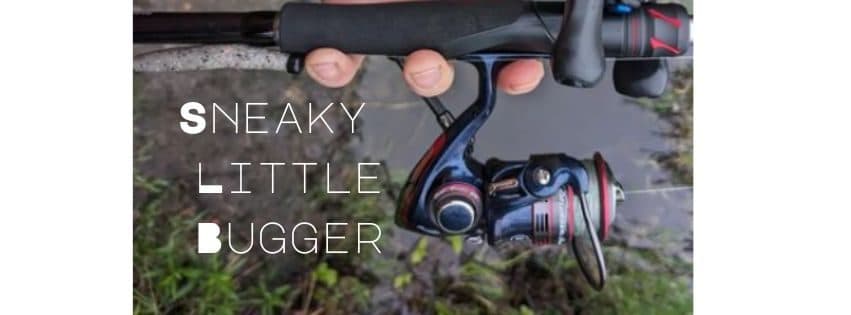
A Sneaky Little Technique... My Perspective On The Ned Rig
“Anywhere and almost anytime; one of my absolute favorite techniques to utilize year-round is the infamous Ned Rig. A technique typically viewed by most as a tiny worm, with Giant catching power.”
The iconic Ned rig: at least here! To some it is a valuable tool in a finesse fisherman’s arsenal, to others it’s no more than a rookie’s technique. What is it that makes this tiny little wiggle worm such a polarizing technique among anglers in the current day? Where did it come from? Is bigger always better? I’ll do my best here today to try and elaborate on all of the questions above, and provide a couple tips and tricks in an attempt to help elevate your understanding of my favorite finesse rig.
First, we have to explain “what is a Ned rig?” and how does it work. The Ned rig is a simple technique utilizing a mushroom head jig. These jig heads typically consist of a 90-degree, an open hook, and a lightweight mushroom shaped piece of material to weigh the jig down. A 2.5-inch plastic worm is then rigged flush to the mushroom jig head. Usually, the hooks used are lighter gauge wire hooks; the lightweight wire allows these tiny finesse worms to imitate small baitfish, and crawfish feeding on the bottom of any given area. The tail end of the worm stands in the water, while the jig head allows for consistent bottom contact. With easy action provided by incredibly light movements of the rod tip.
Now that we know what the Ned rig is why is it called that? Originally credited as the “light-line fishing” in areas of the Midwest. This is where the lure graduated the moniker of “Midwest finesse fishing” according to Ned Kehde in an article featured on “in-fisherman.com”. The “light-line fishing” method utilized a 1/16 oz marabou jig on 4lb line, and spinning tackle; in pursuit of trout and smallmouth bass in mid-western river systems.
Today’s rendition of the Ned rig primarily utilizes a weight anywhere between 1/32 oz-1/4 oz jig head. The choice of weight is usually determined by a few factors. Firstly, lighter weight will create a more “natural” fall. Simulating that of dying baitfish. I’ve seen great success from utilizing this when you spot balls of bait. The fall rate definitely seems to appear like dying fish slowly falling to the bottom, and can draw out a strike very suddenly, and viciously. It’s important to ensure that you feel the weight, and use the tip of the rod to create a quivering presentation.
Heavier weights tend to find more success in both deep, and fast-moving water. Especially on deeper isolated structure. This particular method of Ned rigging is seen to lesser extent on rivers. I personally tend to find incredible amounts of success fishing these heavier profiles when fishing for smallmouth bass in current. Casting the lure upstream, and allowing it to settle down naturally. Followed by sudden movements to get the bait moving with the current again. Baitfish tend to move with the currents, finding refuge in areas that are protected from fast moving water. This is also where many fish, especially bass in river systems tend to ambush their next meal as well.
Now if you want to see great success with this technique; we need only look to the past at the gear used on its initial debut. This technique primarily is thrown on light action spinning setups. My current rod and reel selection is the Shimano Zodias ZDS70LA spinning rod. They provide an incredible level of sensitivity and allows me to feel the lure at any given point. Paired alongside that is my Pfluger presidential XT, with 8lb Power Pro braided line with about 2 ft of leader. I tend to go towards 10lb Flourocarbon line to give me a little extra durability in the rocky areas I tend to utilize.
